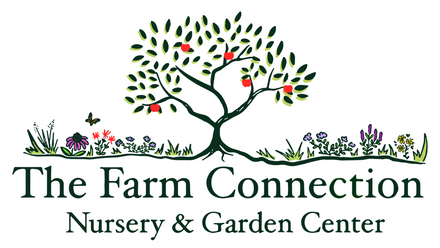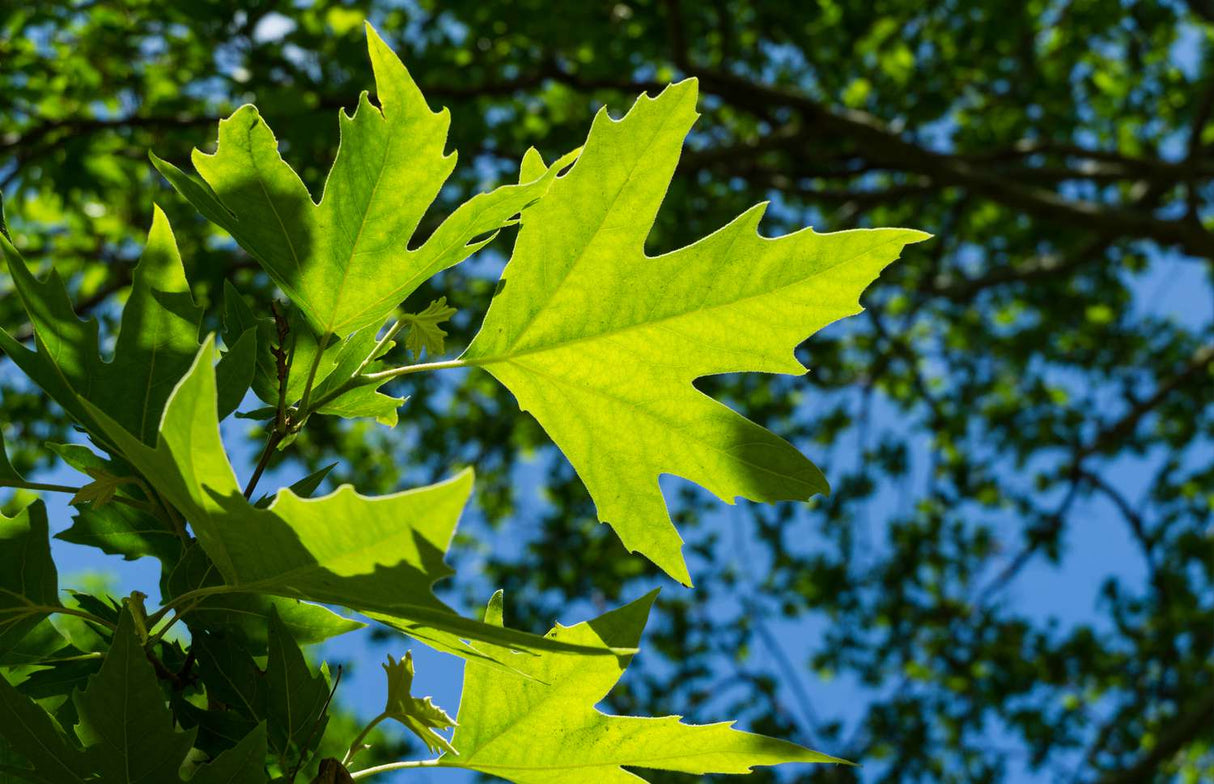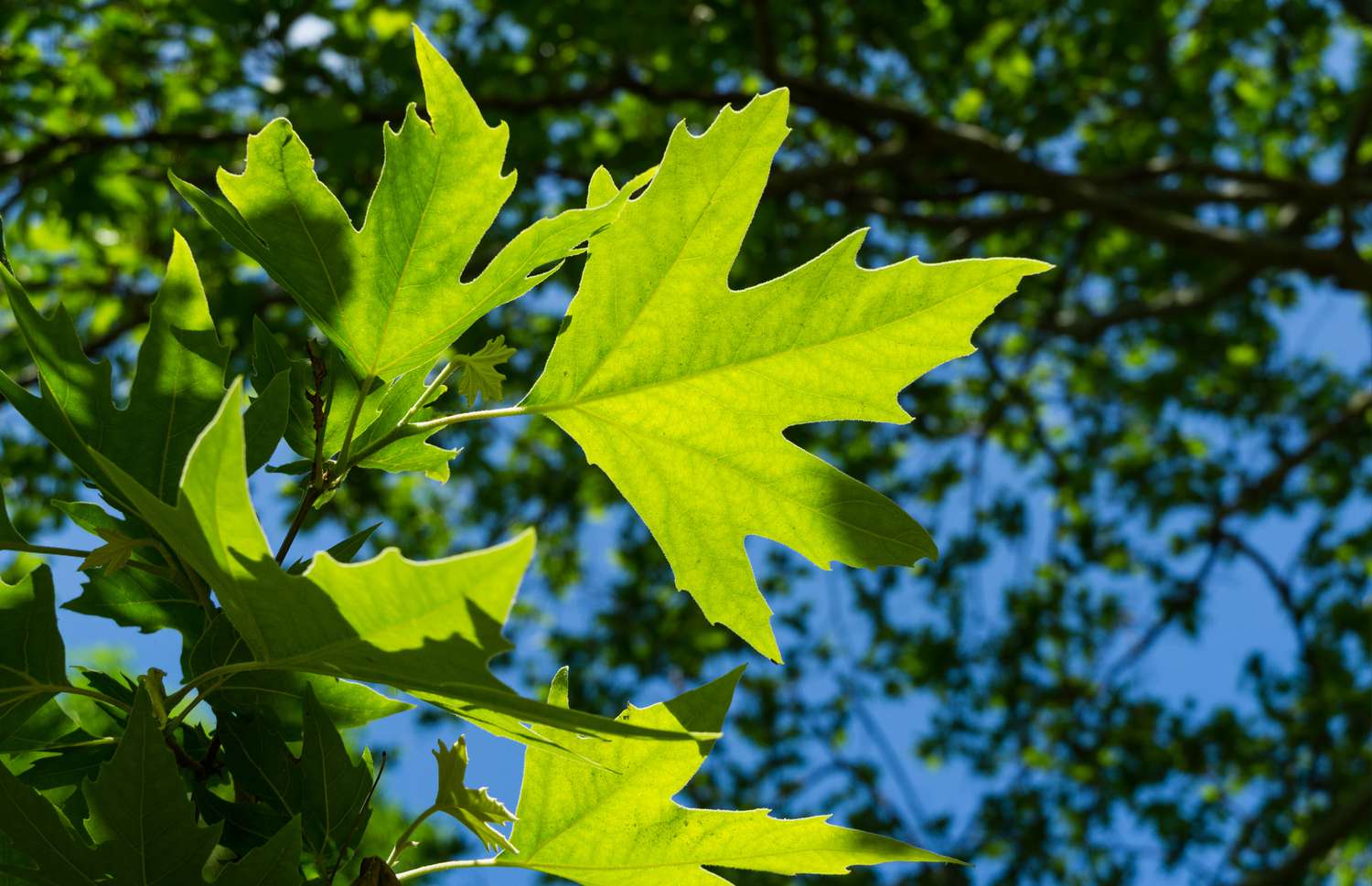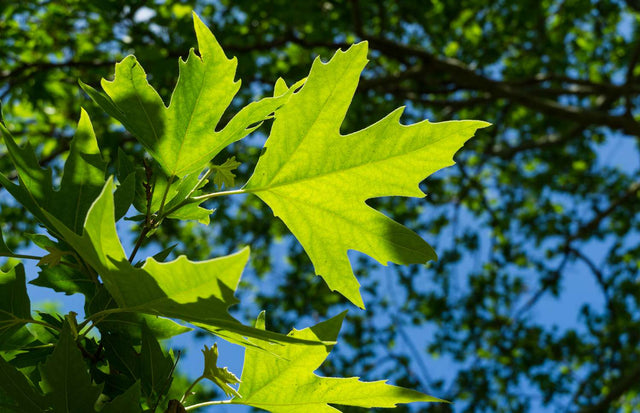Sycamore, Bare Root
Restoration Giant with Wildlife Shelter Power
Sycamore, Bare Root - Bare Root / 6-18" Seedling is backordered and will ship as soon as it is back in stock.
Couldn't load pickup availability
Delivery and Shipping
Delivery and Shipping
Make sure to thoroughly review our entire "Shipping, Returns, Refunds, and Our Guarantee" page for all relevant details about ordering from our store.
Making a purchase from our store constitutes an agreement to all the conditions outlined in those policies.
We appreciate your support and look forward to being your favorite plant provider!
Subscribe to our newsletter
Sign up for exclusive offers.
Sycamore (Platanus occidentalis)
Majestic, long-lived, and unmistakable, the American Sycamore is a keystone native tree known for its massive size, signature exfoliating bark, and ecological value in riparian and reforestation projects. With a fast growth rate and tolerance for a wide range of soils—including seasonally wet areas—sycamore is a top choice for streambank stabilization, floodplain restoration, and native woodland plantings. Its towering canopy creates crucial shade along waterways, helping to cool aquatic ecosystems and support diverse wildlife.
Key Characteristics
-
Essential habitat for cavity-nesting wildlife
Mature sycamores frequently develop hollow trunks and large cavities, providing critical nesting sites for owls, wood ducks, chimney swifts, raccoons, and even bats. Few native trees offer as many opportunities for wildlife shelter. -
Streambank restoration powerhouse
With its strong, spreading root system and ability to thrive in floodplains, sycamore is highly effective at stabilizing erosion-prone banks. It also filters runoff, improving water quality in creeks, rivers, and wetlands. -
Host plant and pollinator support
Although wind-pollinated, sycamore supports several insect species, including the sycamore tussock moth (Halysidota harrisii), whose larvae feed exclusively on its leaves. Fallen leaves contribute to stream ecosystems as detritus for aquatic insects. -
Ideal for reforestation and silvopasture edges
As a fast-growing, shade-producing native, sycamore makes an excellent nurse tree in reforestation plantings and serves as a windbreak or canopy layer on the edges of silvopasture systems—especially in moist bottomlands. -
Adaptable and fast-growing
One of the fastest-growing native hardwoods, sycamore can reach over 100 feet tall and live for centuries. It tolerates compacted soils, seasonal flooding, and urban conditions, making it useful in both natural and urban restoration settings.
Product Details
- Native range: Eastern and Central U.S., especially river valleys and floodplains
- Plant life cycle: Deciduous Tree
- Sun requirements: Full sun to partial shade
- Soil requirements: Medium to medium-wet; tolerates periodic flooding
- Mature height: 70–100+ feet
- Bloom time: Spring (not showy; wind-pollinated)
- Bloom color: Inconspicuous green
- USDA Hardiness zones: 4–9
A legacy tree for future generations, sycamore brings ecological strength, wildlife habitat, and bold structure to restoration plantings, streambanks, and large landscapes. Best planted in moist soils where it can stretch its roots and support entire ecosystems for centuries to come.
-
Sun RequirementsFull Sun
-
Soil RequirementsMedium, Medium-Wet
-
Bloom ColorYellow, Green
-
Bloom TimeApril, May
-
USDA Hardiness ZonesZone 4, Zone 5, Zone 6, Zone 7, Zone 8, Zone 9+
-
Native StatesMaine, Vermont, New York, Pennsylvania, Ohio, Indiana, Illinois, Michigan, Wisconsin, Missouri, Kentucky, Tennessee, Virginia, West Virginia, North Carolina, South Carolina, Alabama, Mississippi, Arkansas, Louisiana, Oklahoma, Texas
Payment & Security
Payment methods
Your payment information is processed securely. We do not store credit card details nor have access to your credit card information.




